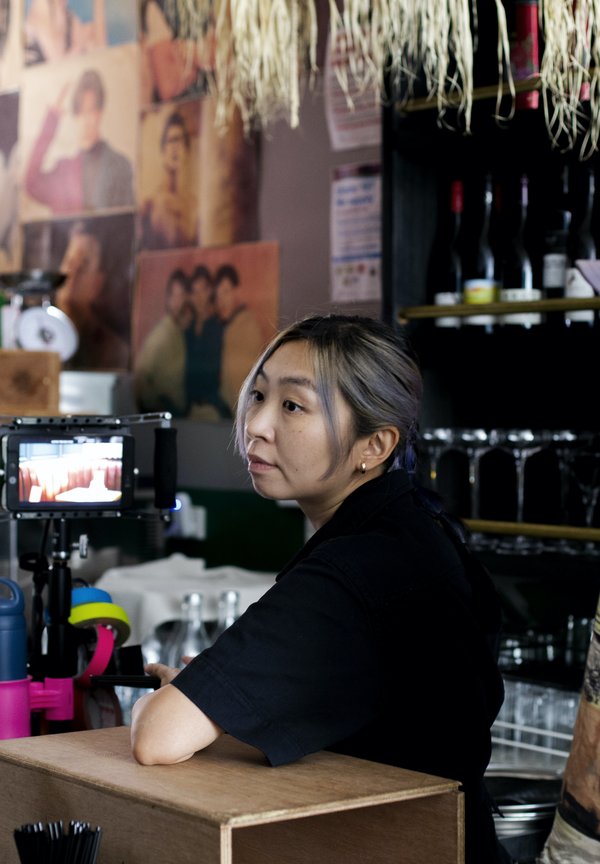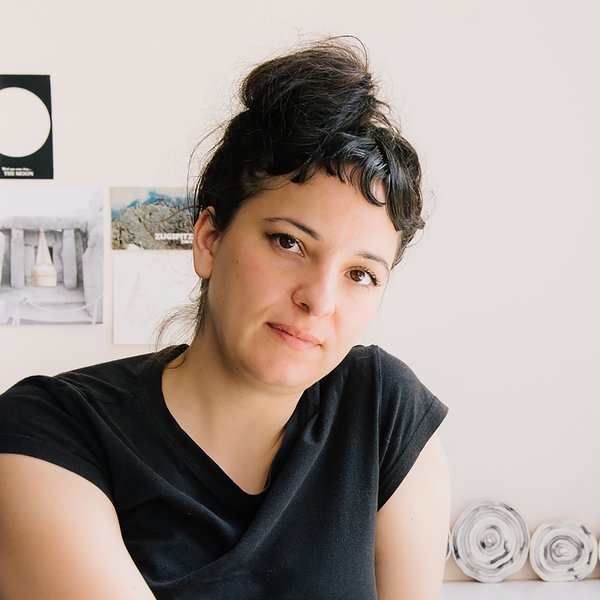Task
In groups, take on the role of both the artist and the gallery by setting up a school-based virtual or physical gallery space that student artists at your school can exhibit in.
Gallery Concept Development
Collaborate to develop a concept and theme for your gallery. Consider the target audience, artistic focus, and unique selling points that will make your gallery stand out. Discuss the types of artworks you would like to showcase and the message or narrative you want to convey through your exhibitions.
Artist Selection and Representation
Choose at least two student artists from your group to represent in the gallery. Explore the artists' portfolios and consider their artistic style, themes, and techniques. Discuss the reasons for selecting these particular artists and how their works complement your gallery's vision.
Representation Agreement Drafting
Draft a representation agreement between your gallery and the selected artists. Consider the responsibilities, rights, and expectations of both parties based on the information provided in the Code of Practice. Address issues such as promotion strategies, exhibition arrangements, and artist-gallery communication. Ensure that the agreement reflects a fair and mutually beneficial collaboration.
Gallery Setup and Exhibition Planning
Plan the layout and design of your virtual or physical gallery space. Consider factors such as lighting, wall arrangements, display options, and interactive elements. Discuss the logistical aspects of setting up the gallery, including artwork installation, labelling, and promotional materials with the represented artists. Develop a timeline and distribute tasks among group members to ensure smooth execution.
Virtual Gallery or Exhibition Opening
Set up and launch your gallery space or host an exhibition opening event. Prepare materials about the artists and their works, and be prepared to discuss your representation agreements and curatorial choices.










